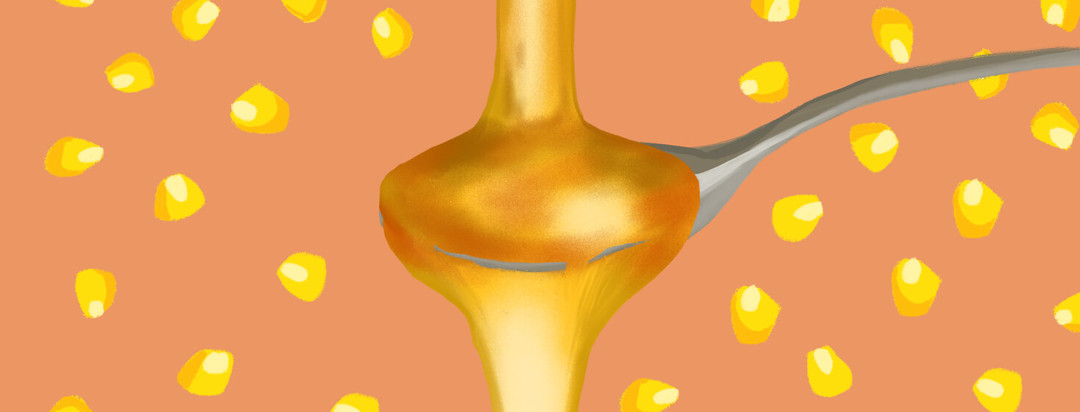High Fructose Corn Syrup
For years, high fructose corn syrup or HFCS has been a frequently discussed topic on the nutrition front. Many packages tout that they are free of HFCS and consumers assume this means it is a healthy choice. Let’s dig a little deeper.
Types of sugar
Sugar has many names, as you may have learned while being educated on your new diet with type 2 diabetes. Fructose, glucose, and sucrose are all names of naturally occurring sugars. Fructose comes from the sugar found in fruit. Glucose is a simple sugar found in starch. And sucrose is the name for table sugar and is derived from sugar cane or beet juice.
What is high fructose corn syrup?
High fructose corn syrup is not a naturally occurring sugar, but is instead created in a lab by chemists. It comes from corn starch. “When corn starch is broken down into individual glucose molecules, the end product is corn syrup, which is essentially 100% glucose. To make HFCS, enzymes are added to corn syrup in order to convert some of the glucose to another simple sugar called fructose…. HFCS is ‘high’ in fructose compared to pure glucose that is in corn syrup. Different formulations of HFCS contain different amounts of fructose."1
What does the FDA say about high fructose corn syrup?
The FDA (Food and Drug Administration) has approved forms of HFCS to be used in food products sold in the United States. The most common forms of HFCS are referred to as HFCS 42 and HFCS 55. The numbers represent the percent of fructose it has, while the rest of it is made of glucose and water. “HFCS 42 is mainly used in processed foods, cereals, baked goods, and some beverages. HFCS 55 is used primarily in soft drinks.” 1
Many people are concerned with the safety of high fructose corn syrup as it is so widely used in food products throughout the country. The FDA states “We are not aware of any evidence, including studies….that there is a difference in safety between foods contained HFCS 42 or HFCS 55 and foods containing similar amounts of other nutritive sweeteners with approximately equal glucose and fructose content, such as sucrose, honey, or other traditional sweeteners.
The 2010 Dietary Guidelines for Americans recommend that everyone limit consumption of all added sugars, including HFCS and sucrose. FDA participated in the development of the Dietary Guidelines and fully supports this recommendation.”1
Additional nutrition considerations
Now it is important to realize that although the FDA states that HFCS is safe for consumption, when you have diabetes there are other factors to take into consideration. HFCS is still a nutritive sweetener meaning that it provides calories. And because it was derived from corn starch it contains carbohydrates and can affect blood glucose levels.
When you are consuming foods that contain high fructose corn syrup, treat them as you would any other carbohydrate and count them towards your daily intake or meal allotment as recommended by your physician. As with any other sugar, HFCS intake should be limited and a focus on a minimally processed, whole foods diet should be the goal.
If you have specific questions about your diet or carbohydrate intake goals, be sure to speak with your physician!

Join the conversation